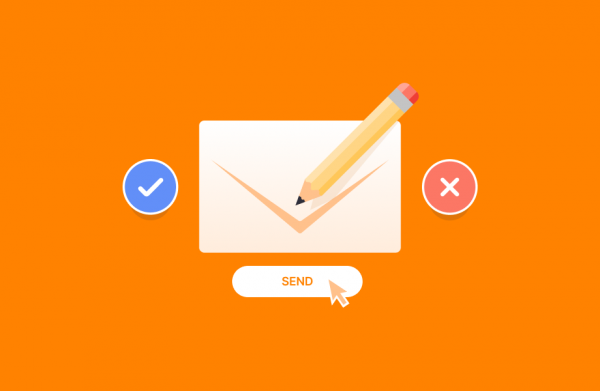Email has become an essential tool for communication, bridging the gap between personal interactions and professional exchanges. Its effectiveness, however, often hinges on a variety of factors, one of the most critical being email timing. Understanding when to send an email can significantly impact its reception and response rate. Various psychological elements influence how recipients perceive and engage with emails based on the time they are received.
Read more about Social Media
This article explores email timing (best times to send emails for maximum impact), supported by psychological insights and practical recommendations.
Why is Email Timing Important?
-
Impact on Open Rates
The timing of your email can significantly influence whether it gets opened. Research shows that emails sent at certain times of the day and days of the week have higher open rates. For instance, emails sent during working hours on Tuesdays and Thursdays often see better engagement. Timing your emails to align with when recipients are most likely to check their inboxes increases the chance they will be read.
-
Influence on Response Rates
Not only does the timing affect open rates, but it also impacts how quickly and thoughtfully recipients respond. Emails sent early in the morning or right after lunch are more likely to receive prompt replies. This is because recipients are either starting their day or returning from a break, making them more receptive to new messages. Strategic timing can thus facilitate faster and more meaningful exchanges.
-
Reducing Inbox Overload
Sending emails at peak times can result in your message being lost in a crowded inbox. By choosing less congested times, such as mid-morning or mid-afternoon, you can avoid the periods when recipients are overwhelmed with new emails. This helps ensure your email stands out and gets the attention it deserves.
-
Psychological Impact of Email Timing
The time an email is received can influence the recipient’s perception and reaction. For example, sending an email late at night might convey urgency or importance, while a mid-day email might be seen as routine. Understanding these psychological cues allows you to craft your message’s timing to align with its intended impact, ensuring the recipient interprets it as you desire.
Sign up for the Connect Nigeria daily newsletter
When to Send Emails for Maximum Impact, and How Often
Determining the best times to send emails for maximum impact involves understanding your audience’s habits and preferences. Research suggests that emails sent during mid-week, specifically on Tuesdays and Thursdays, achieve higher open rates. Within these days, early mornings (around 8-10 AM) and mid-afternoons (around 2-4 PM) are prime times for sending emails. These periods align with times when recipients are most likely to check their inboxes, either as they start their workday or return from lunch.
As for frequency, striking the right balance is crucial. Sending emails too frequently can lead to recipient fatigue and higher unsubscribe rates. Conversely, sending emails too infrequently can result in reduced engagement and missed opportunities. A general guideline is to aim for one to two emails per week, ensuring each message provides value to the recipient. Tailoring the frequency based on your audience’s responsiveness and preferences can further optimize your email strategy.
Combining optimal timing with the right frequency enhances the likelihood of your emails being noticed and engaged. Understanding and implementing these insights can significantly improve your email communication effectiveness, foster better relationships with your audience, and achieve your communication goals.
Register to attend the CN Business Mixer
Conclusion
Mastering the art of email timing can greatly enhance communication effectiveness. By considering psychological factors and recognizing the patterns in recipients’ behaviours, one can strategically schedule emails to achieve better engagement and response rates. Whether it’s catching your audience at their most attentive or avoiding their busiest times, the timing of your emails plays a crucial role in their success.
Got a suggestion? Contact us: [email protected]


